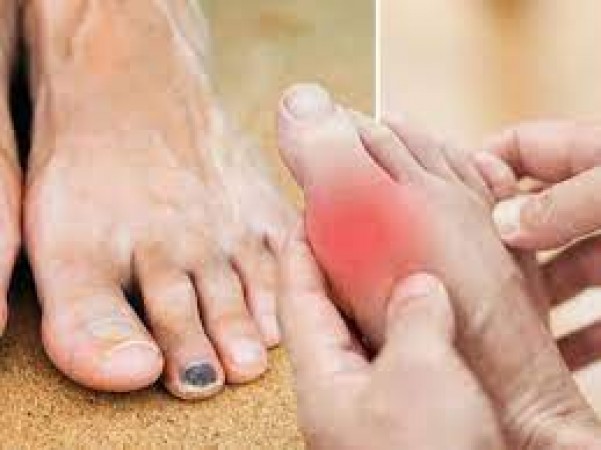
When it comes to monitoring our health, we often focus on the usual suspects - diet, exercise, and regular check-ups. However, there's another surprising indicator that may give us valuable insights into our overall well-being: our feet. In this article, we will delve into the intriguing connection between changes in our feet and increasing cholesterol levels.
What is Cholesterol? Cholesterol is a fatty substance that is found in the cells of our body and is also present in the food we consume. It is essential for the proper functioning of our cells, but too much of it can lead to health problems.
The Two Types of Cholesterol Not all cholesterol is created equal. We have "good" cholesterol (HDL) and "bad" cholesterol (LDL). Understanding this distinction is crucial.
The Role of LDL Cholesterol Low-Density Lipoprotein (LDL) cholesterol is often referred to as the "bad" cholesterol because high levels of it can lead to plaque buildup in arteries.
The Role of HDL Cholesterol High-Density Lipoprotein (HDL) cholesterol, on the other hand, is the "good" cholesterol. It helps remove LDL cholesterol from the bloodstream.
Feet as a Window to Health Our feet can reveal more about our health than we might think. Here are some surprising foot-related signs of increasing cholesterol levels.
Xanthomas Xanthomas are fatty deposits that can form on various parts of the body, including the feet. They are a visible indicator of high cholesterol.
Peripheral Artery Disease (PAD) PAD can cause pain in the legs and feet due to narrowed arteries. It is often associated with high cholesterol.
Yellowish Skin High cholesterol levels can sometimes lead to yellowish or orangeish discoloration of the skin, including the feet.
The Need for Cholesterol Testing Regular cholesterol testing is crucial for detecting and managing high cholesterol. It's often a simple blood test that can provide valuable insights.
Lifestyle Changes If you discover that you have high cholesterol, there are several lifestyle changes you can make to improve your health.
Diet Modification A healthy diet low in saturated and trans fats can help lower cholesterol levels.
Exercise Regular physical activity can raise HDL (good) cholesterol and lower LDL (bad) cholesterol.
In conclusion, the feet can serve as an unexpected but informative indicator of increasing cholesterol levels. Changes such as xanthomas, skin discoloration, or symptoms of peripheral artery disease should not be ignored. They may signal a need for cholesterol testing and, if necessary, lifestyle modifications to improve overall health. By paying attention to these subtle signs in our feet and taking proactive steps to manage cholesterol levels, we can safeguard our cardiovascular health and enjoy a healthier, more active life.
Understanding Mental Health: Navigating the Complexities of the Mind
Eat these things to get rid of hangover
Which are those 3 vaccines which every woman and child should take during pregnancy?